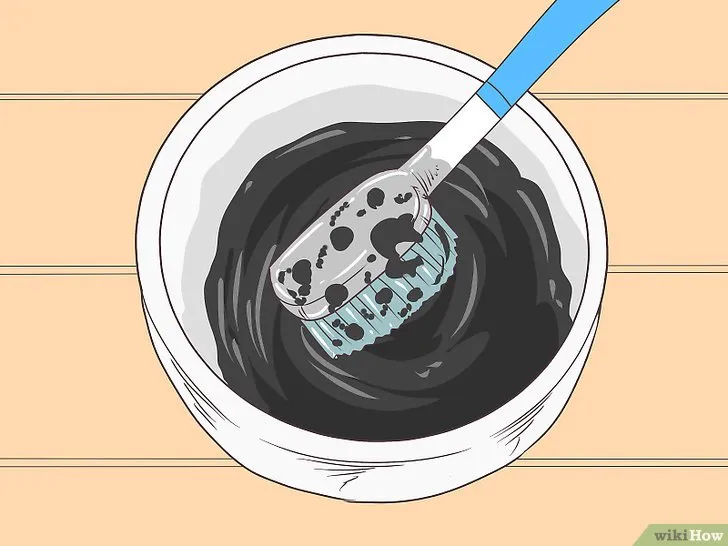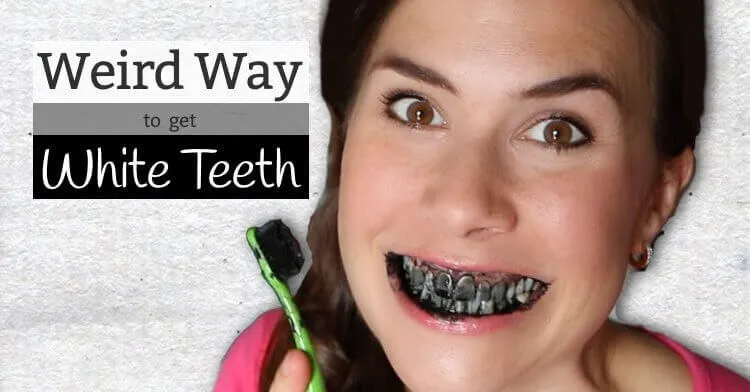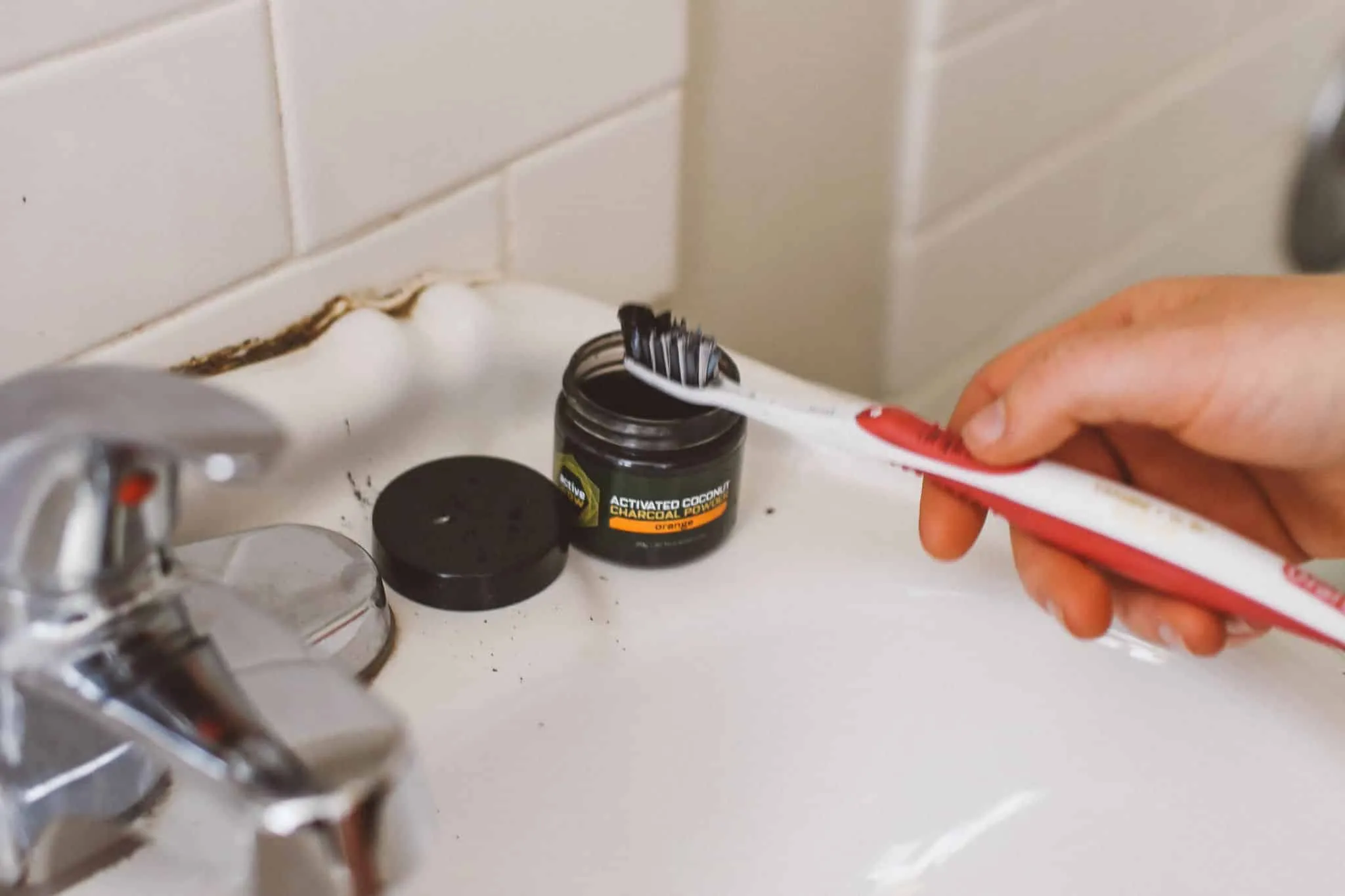Achieving a brighter smile is a common goal, and the quest for effective teeth whitening methods is ongoing. Among the many options, activated charcoal has gained popularity as a natural approach to achieving a whiter smile. This article delves into the science behind activated charcoal, exploring how it works, its benefits, potential drawbacks, and how to use it effectively. We’ll also discuss alternative teeth whitening methods to provide a comprehensive overview of your options.
The Science Behind Activated Charcoal for Teeth Whitening
Understanding the science behind activated charcoal is crucial to appreciating its effectiveness in teeth whitening. Activated charcoal is not the same as the charcoal used for grilling. It is a form of carbon that has been processed to increase its porosity, creating numerous tiny pores. This process enhances its ability to trap chemicals and particles. In the context of teeth whitening, this means activated charcoal can attract and bind to stains and impurities on the surface of the teeth.
What is Activated Charcoal
Activated charcoal is typically made from sources like coconut shells, wood, or other carbon-rich materials. These materials are heated to high temperatures and then exposed to gases, creating a porous structure. This porous structure gives activated charcoal its unique ability to adsorb substances. Adsorption is the process where molecules adhere to the surface of a solid, unlike absorption, where a substance is taken up into the bulk of a solid. This distinction is key to understanding how activated charcoal works in teeth whitening. It is also widely used in other applications, from water filtration to medical treatments for poisoning, due to its adsorption properties.
How Activated Charcoal Works on Teeth

The mechanism of action for activated charcoal in teeth whitening primarily involves its ability to adsorb stain-causing compounds. The porous structure of activated charcoal acts like a magnet, attracting and binding to stains from coffee, tea, wine, and other foods and drinks. When you brush with activated charcoal, these stains are gently lifted from the tooth surface. It’s important to note that activated charcoal does not chemically alter the tooth enamel; it works by removing surface stains, which can lead to a brighter appearance. This is a gentle approach compared to some chemical whitening treatments, making it a popular choice for those seeking a natural alternative.
The benefits of activated charcoal in Teeth Whitening
Activated charcoal offers several benefits for those seeking teeth whitening. Its ability to remove surface stains and its potential impact on oral health make it an attractive option for many. However, it is essential to consider both the advantages and disadvantages to make an informed decision.
Surface Stain Removal
The primary benefit of activated charcoal is its effectiveness in removing surface stains. It can address stains caused by common culprits such as coffee, tea, red wine, and certain foods. By adsorbing these stain-causing compounds, activated charcoal helps to restore the natural whiteness of teeth. This is particularly beneficial for individuals who consume these beverages or foods regularly. The result is a noticeable improvement in the brightness of your smile, leading to increased confidence and self-esteem.
Enhancing Oral Health

Some proponents of activated charcoal suggest it can contribute to overall oral health. It is believed to help balance the pH levels in the mouth, which can reduce the risk of tooth decay and gum disease. Additionally, activated charcoal may help remove bacteria and other impurities, contributing to fresher breath. However, it’s important to remember that while it may offer some benefits, activated charcoal should not replace traditional oral hygiene practices like regular brushing, flossing, and dental checkups.
Potential drawbacks of activated charcoal
While activated charcoal has its advantages, it’s important to be aware of potential drawbacks. These can range from the impact on enamel to concerns about sensitivity. Understanding these issues helps you make an informed decision and use activated charcoal safely and effectively.
The effect on Enamel
One of the primary concerns regarding activated charcoal is its potential impact on tooth enamel. While it effectively removes surface stains, the abrasive nature of some activated charcoal products can potentially erode enamel over time. Enamel is the protective outer layer of your teeth, and once it’s worn away, it doesn’t regenerate. Excessive or aggressive brushing with activated charcoal could contribute to this erosion, leading to increased sensitivity and a higher risk of cavities. Therefore, it’s essential to use activated charcoal products cautiously and to brush gently.
Sensitivity concerns

Some individuals may experience increased tooth sensitivity when using activated charcoal. This can be a result of enamel erosion or the exposure of dentin, the layer beneath the enamel. If you experience sensitivity, it’s crucial to reduce the frequency of use or discontinue the product altogether. Consulting with a dentist can help determine the cause of the sensitivity and recommend appropriate solutions. Using a toothpaste designed for sensitive teeth can also help alleviate discomfort.
How to use Activated Charcoal for Teeth Whitening
If you decide to incorporate activated charcoal into your oral hygiene routine, proper usage is key to maximizing its benefits and minimizing potential risks. This section provides guidance on choosing the right product, the correct brushing technique, and the frequency of use.
Choosing the Right Product
When selecting an activated charcoal product, consider the form and ingredients. Activated charcoal is available in powder, toothpaste, and other formulations. The powder form is often considered the most abrasive, so it’s crucial to use it gently. Look for products that contain food-grade activated charcoal and are free from harsh additives. Read reviews and check for any certifications to ensure the product meets quality and safety standards. Some products may also include other ingredients, such as natural flavorings or remineralizing agents, to further benefit oral health. Be wary of products that make exaggerated claims or lack clear ingredient lists.
Brushing Technique

The brushing technique is crucial when using activated charcoal to minimize enamel damage. Use a soft-bristled toothbrush and apply gentle pressure. Avoid scrubbing vigorously, as this can accelerate enamel erosion. Brush your teeth for about two minutes, covering all surfaces of your teeth. After brushing, rinse your mouth thoroughly with water to remove any remaining charcoal particles. Some people also recommend using a fluoride toothpaste after brushing with activated charcoal to remineralize the enamel. Pay attention to your teeth’s reaction, and adjust the brushing technique or frequency if you notice any sensitivity.
Frequency of Use
The frequency of using activated charcoal for teeth whitening should be moderate. Using it too often can increase the risk of enamel erosion. Generally, it’s recommended to use activated charcoal once or twice a week. If you’re just starting, begin with once a week and monitor your teeth’s response. If you experience any sensitivity or discomfort, reduce the frequency or discontinue use. Always consult with your dentist to determine the best approach for your specific needs and oral health condition. Overuse can lead to the opposite effect and damage your teeth.
Alternative Teeth Whitening Methods
While activated charcoal is a popular choice for natural teeth whitening, several alternative methods are available. These options range from professional treatments to over-the-counter products. Understanding the different approaches can help you make an informed decision about the best way to achieve a brighter smile.
Professional Teeth Whitening

Professional teeth whitening involves treatments performed by a dentist. These treatments typically use stronger whitening agents, such as hydrogen peroxide, to achieve significant results. There are different types of professional whitening, including in-office treatments and take-home kits provided by your dentist. In-office treatments offer immediate results, while take-home kits allow you to whiten your teeth at your own pace. Professional whitening is generally considered the most effective method for achieving dramatic results, but it can be more expensive than other options. Your dentist can also assess your oral health and ensure that whitening is safe for your teeth.
Over-the-Counter Whitening Products
Over-the-counter whitening products are readily available at pharmacies and online. These products include whitening toothpastes, strips, gels, and mouthwashes. Whitening toothpastes often contain mild abrasives or peroxide to remove surface stains. Whitening strips are easy to use and apply a thin layer of whitening gel to the teeth. Whitening gels can be applied with a tray or brush. Mouthwashes may contain peroxide to help whiten teeth. The effectiveness of these products varies, but they can provide noticeable results for mild to moderate stains. Be sure to follow the instructions carefully and be aware of potential side effects, such as sensitivity.
In conclusion, activated charcoal offers a natural approach to teeth whitening, primarily by removing surface stains. While it has potential benefits, it’s crucial to be aware of the potential drawbacks, such as enamel erosion and sensitivity. When using activated charcoal, choose the right product, use the correct brushing technique, and monitor the frequency of use. If you’re looking for more dramatic results or have specific oral health concerns, alternative methods like professional teeth whitening or over-the-counter products may be more suitable. Always consult with your dentist to determine the best teeth whitening approach for your individual needs and to ensure the long-term health of your teeth. Remember that maintaining good oral hygiene, including regular brushing, flossing, and dental check-ups, is essential for overall oral health, regardless of the whitening method you choose.
